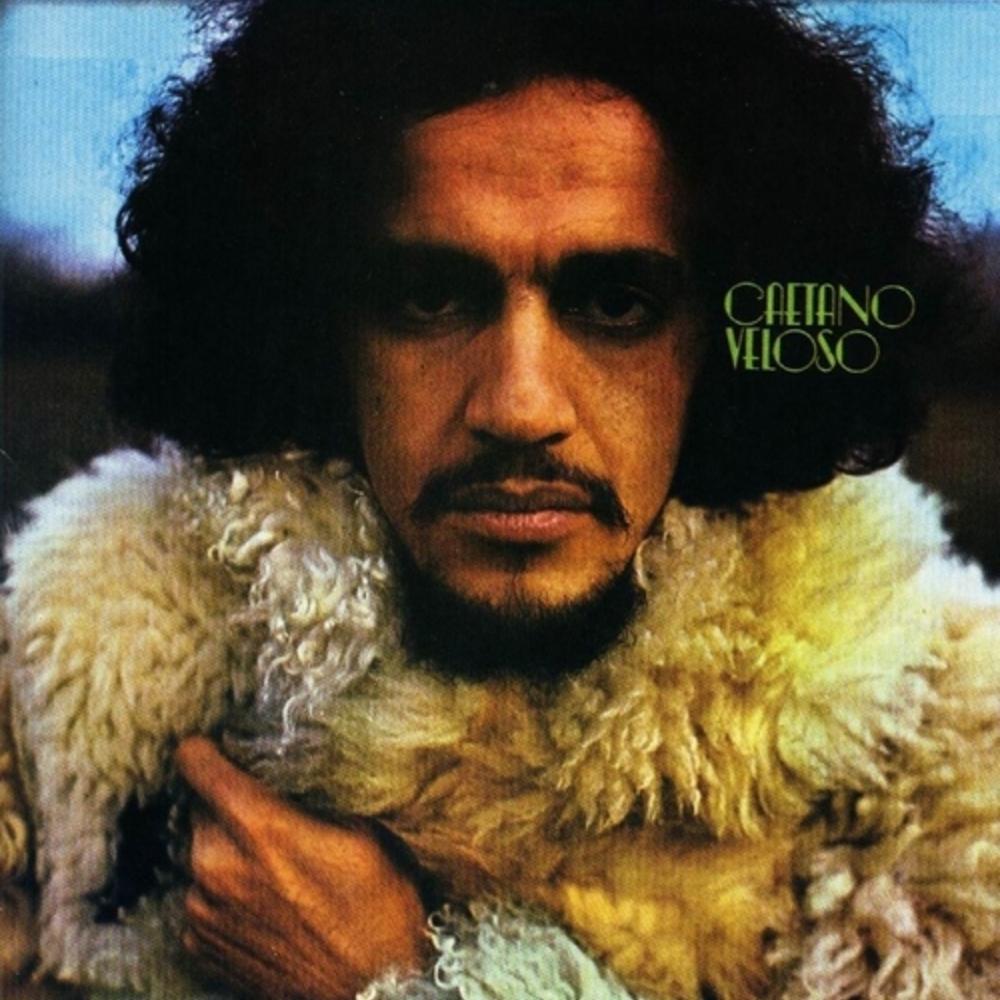
In Brazil, he put on a Carmen Miranda show and his fans were scandalizedīy his androgynous behavior. His Tropicália movementĭidn't please the military dictatorship, which sent him into exile. The bourgeoisie and defying expectations. However, I suggest that its conventional character shouldn’t be underemphasized, and that quiet assumptions about what popular music is and what popular music studies are should be treated very carefully.Brazil - BRAZZIL - Caetano Veloso, always a provocateur - Brazilian Music - June 1997 Firebrand Extraordinaire Singer composer Caetano Veloso is famous for shocking

I don’t think that it would be easy (or useful) to find a new name for the music that until thirty years ago, and in some countries much more recently, wasn’t studied in academic institutions: ‘popular music’ for me is still probably the best conventional term to indicate such a complex set of musical cultures and practices. The socio-conceptual issue: what is ‘the people’, and what is ‘popular’? My approach to these issues will be based mainly on: 1) a cognitive/semiotic critique of musical concepts and categories 2) a close conceptual examination of the evolution of music dissemination (and/or ‘popularity’) in the past three decades.

The ‘modern media’ issue: is popular music just media-related music? What about nineteenth century fado, Stephen Foster’s Ethiopian songs, ‘classic’ Neapolitan song? What makes ‘media music’ popular? And is the concept of ‘media’, accepted when the expression ‘popular music’ was adopted, still valid now? 5. The ‘popularity’ issue: is popular music just any kind of mainstream? Does ‘unpopular popular music’ really exist? 4.

multicultural issue: is popular music just the Anglo-American pop-rock mainstream? What is ‘world music’, then? 3. The linguistic issue: how does the expression ‘popular music’ translate into other languages? Although it is clear that many communities of scholars accepted to use the English expression anyway, how do ‘local’ terms (like música popular, musica popolare, populäre Musik, musique populaire, musique de varietés, etc.) affect the perception of this/these ‘kinds of music’? 2. This article addresses a number of issues that seem to me to be related both to that surface agreement and to those deep streams of disagreement about the identity of the popular music universe. However, under the thin crust of such an apparently wide agreement, magmatic currents are still moving and clashing, and emerge here and there during scholarly meetings, in blogs and mailing lists, in institutional debates. So, there came to be not only a commonsense recognition of what popular music is, but also of the dominant practices involved in its study. ‘We all know what popular music studies are’, one could hear saying. At some point, PMS (Popular Music Studies) became a familiar acronym, indicating an interdisciplinary practice that didn’t seem to need any further explication. Later on, it appeared that the question had found an answer: not just in the names and titles of institutions and journals, but especially in the common sense of scholars. IASPM (the International Association for the Study of Popular Music) already existed then, but IASPM’s Executive Committee members didn’t find it inappropriate to ask scholars from many countries to reflect about ‘what popular music really is’. ‘What Is Popular Music’ was the title of the Second International Conference on Popular Music Studies, held in Reggio Emilia (Italy) in 1983.


 0 kommentar(er)
0 kommentar(er)
